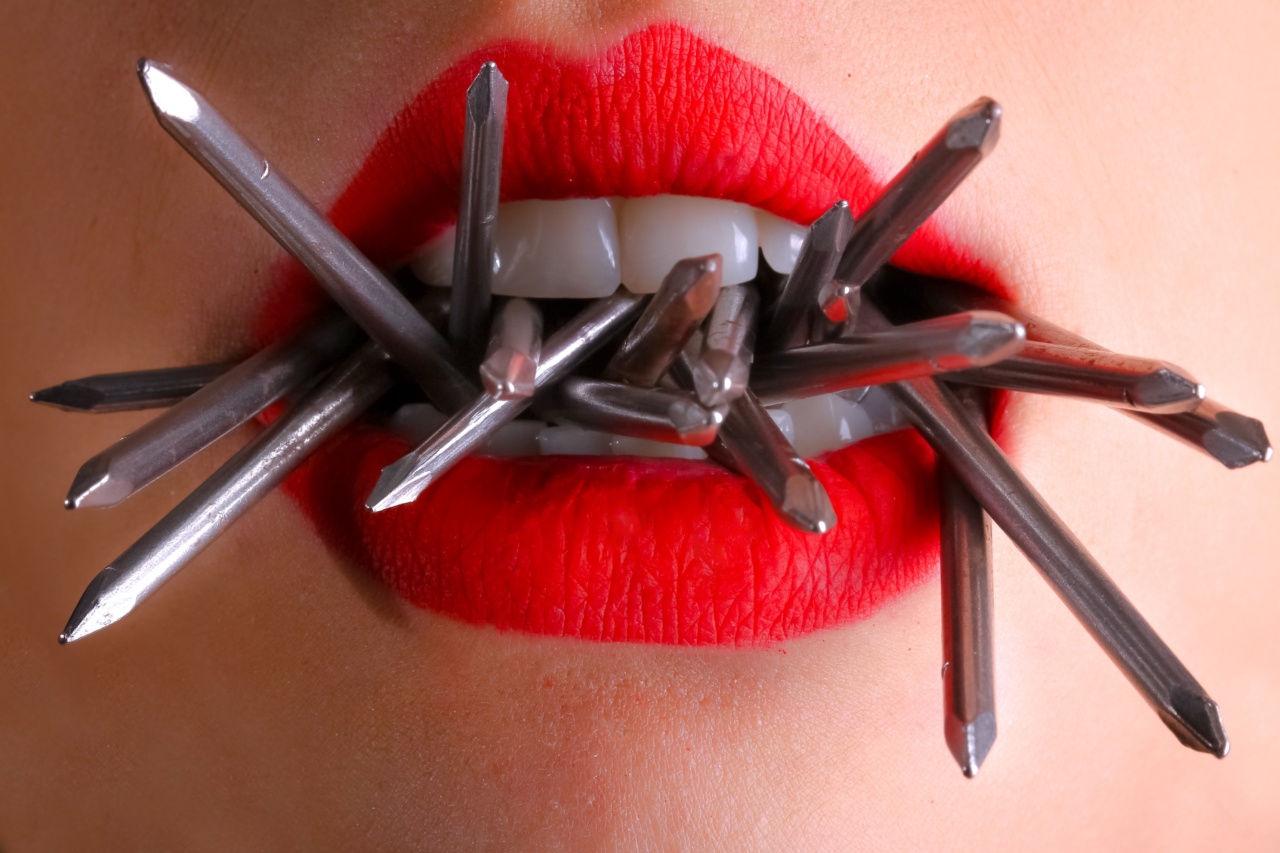As we age, wrinkles, fine lines, sagging skin, and other signs of aging become more visible. Many factors such as genetics, lifestyle, and environment contribute to skin aging.
Among the environmental factors, exposure to metals has been a topic of concern due to their potential to cause oxidative stress, inflammation, and DNA damage. One metal that has drawn attention in recent years is nickel, which is widely used in various applications.
In this article, we will explore the link between nickel exposure and skin aging and the measures one can take to prevent or minimize its harmful effects.
What is nickel, and where is it found?
Nickel is a naturally occurring metal that belongs to the transition metal family. It is a lustrous, silvery-white, hard, and ductile metal with excellent resistance to corrosion and heat.
Due to these properties, nickel is widely used in industrial, military, and consumer applications, including electroplating, alloying, batteries, coins, jewelry, and more. In the US, nickel is listed as one of the top 10 metals produced in terms of quantity.
Nickel can be found in various forms in the environment. It occurs naturally in rocks, soil, water, and air, and it is also released into the environment through human activities such as mining, refining, and combustion processes.
In addition, nickel can be released from consumer products such as jewelry, tools, and electronic devices. According to the CDC, exposure to nickel can occur through inhalation of dust or fumes, ingestion of food or water, and skin contact with nickel-containing materials.
How does nickel exposure affect the skin?
Nickel is a known allergen, and contact with nickel-containing products can cause skin irritation, eczema, and contact dermatitis in some individuals.
These skin reactions are thought to be caused by the immune system’s overreaction to nickel ions that penetrate the skin and bind to proteins, forming hapten-carrier complexes. This immune response leads to inflammation and damage to the skin barrier function, which can result in dryness, itching, and redness.
Recent studies have suggested that nickel exposure may also contribute to skin aging by inducing oxidative stress and damaging DNA.
Oxidative stress occurs when the production of reactive oxygen species (ROS) exceeds the antioxidant defense system’s capacity to neutralize them. ROS can damage lipids, proteins, and nucleic acids, leading to cellular dysfunction, inflammation, and aging. In addition, nickel has been shown to induce DNA damage and impair DNA repair mechanisms, which can lead to mutations and promote skin aging.
What are the signs of nickel-induced skin aging?
The signs of nickel-induced skin aging may include wrinkles, fine lines, uneven complexion, dryness, and dullness. These signs may not be noticeable immediately, but they can worsen over time with prolonged exposure to nickel.
Some individuals may be more susceptible to nickel-induced skin aging than others due to differences in genetics, lifestyle, and skin type.
How to prevent or minimize the harmful effects of nickel exposure on the skin?
Preventing or minimizing the harmful effects of nickel exposure on the skin requires reducing or avoiding contact with nickel-containing materials as much as possible. Some measures that can be taken include:.
1. Choosing nickel-free jewelry and other consumer products
When shopping for jewelry, watches, or other metal-containing products, choose nickel-free options made of hypoallergenic materials such as stainless steel, titanium, or gold.
Read labels or ask the manufacturer about the metal content before making a purchase. Avoid cheap costume jewelry, which may contain high levels of nickel. Be aware that some products labeled as “nickel-free” may still contain trace amounts of nickel or other metals that can trigger an allergic reaction.
2. Minimizing skin contact with nickel-containing objects
Avoid touching or handling objects that are likely to contain nickel such as coins, door handles, or tools. If you must handle such objects, wear gloves or use a barrier cream to minimize skin contact.
Avoid wearing tight or ill-fitting clothing, which can rub against the skin and cause irritation.
3. Keeping the skin well-moisturized and protected
Maintaining good skin health by keeping it well-moisturized and protected can help reduce the risk of nickel-induced skin aging.
Use a gentle, non-irritating moisturizer regularly to keep the skin hydrated, and apply sunscreen with at least SPF 30 daily to protect the skin from UV damage, which can worsen skin aging.
4. Seeking medical advice and treatment
If you experience any symptoms of nickel allergy or skin aging, seek medical advice and treatment promptly. Your dermatologist may recommend topical or oral medications to relieve symptoms, prevent further damage, or reverse the signs of aging.
In severe cases, your dermatologist may recommend avoiding nickel-containing products altogether or undergoing desensitization therapy to reduce your sensitivity to nickel.
The bottom line
Exposure to nickel can cause skin irritation, allergy, and aging by inducing oxidative stress, inflammation, and DNA damage.
To prevent or minimize the harmful effects of nickel exposure on the skin, choose nickel-free products, avoid skin contact with nickel-containing materials, keep the skin well-moisturized and protected, and seek medical advice and treatment if necessary.




























